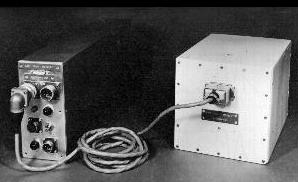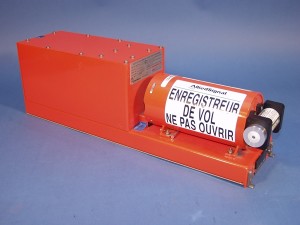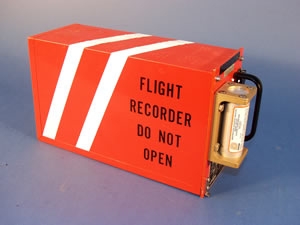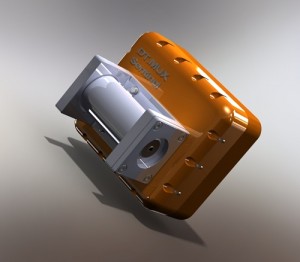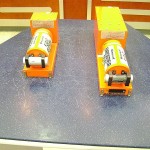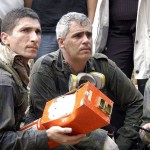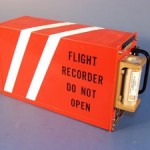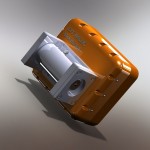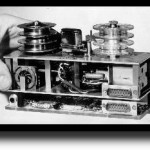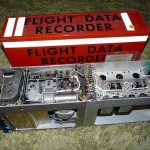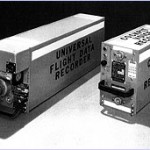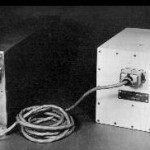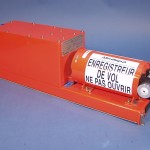There are mainly two types, one is Flight Data Recorder (FDR) used for record specific aircraft performance parameters & the other is Cockpit Voice Recorder (CVR) used for records conversation in the cockpit, radio communications between the cockpit crew and others (including conversation with air traffic control personnel), as well as ambient sounds. In some cases, both types have been combined into a single unit.
First Generation Foil Recorders
Efforts to require crash-protected fl Foil Recorderight recorders date back to the 1940s. The introduction of Flight Data Recorders (FDR), however, experienced many delays. That’s because technology could not match the design requirements of a unit that could survive the forces of an aircraft crash and the resulting fire exposure until 1958, when the world authorities approved a minimum operating requirements for an FDR.
Second Generation Tape Recorders
Flight data alone could not provide all accident information needed by the investigators. An advanced technology covering the recording of Tape Recordersounds in the cockpit, crews’ conversation, air traffic control communications and aircraft noises was needed. This started a second generation of recorders that used magnetic tape as the recording medium.
Third Generation Solid State Recorders
The Solid State Flight Data Recorder (SSFDR) became commercially practical in 1990. “Solid State” referSolid State Flight Data Recorders to storage of data in semiconductor memories or integrated circuits, rather than using the older technology of electromechanical methods of data retention. Since the solid state memory does not require scheduled maintenance or overhaul, there are potential cost savings to the operator.
Next Generation Flight Recorders
Black Box Image Gallery
- Newer Black Box
- Black Box Retrieval
- Modern Black Box
- New Generation Black Box
- Old Black Box
- Opened Black Box
- Old Black Box
- Earlier Black Box
- Black Box
Some Black Box Facts
Flight Data Recorder
Time recorded: 25 hour continuous
Number of parameters: 18 – 1000+
Impact tolerance: 3400Gs / 6.5 ms
Fire resistance: 1100 degC / 30 min
Water pressure resistance: submerged 20,000 ft
Underwater locator beacon: 37.5 KHz; battery has shelf life of 6 years or more, with 30-day operation capability upon activation
Cockpit Voice RecorderTime recorded: 25 hour continuous
Number of parameters: 18 – 1000+
Impact tolerance: 3400Gs / 6.5 ms
Fire resistance: 1100 degC / 30 min
Water pressure resistance: submerged 20,000 ft
Underwater locator beacon: 37.5 KHz; battery has shelf life of 6 years or more, with 30-day operation capability upon activation
Time recorded: 30 min continuous, 2 hours for solid state digital units
Number of channels: 4
Impact tolerance: 3400Gs / 6.5 ms
Fire resistance: 1100 degC / 30 min
Water pressure resistance: submerged 20,000 ft
Underwater locator beacon: 37.5 KHz; battery has shelf life of 6 years or more, with 30-day operation capability upon activation
